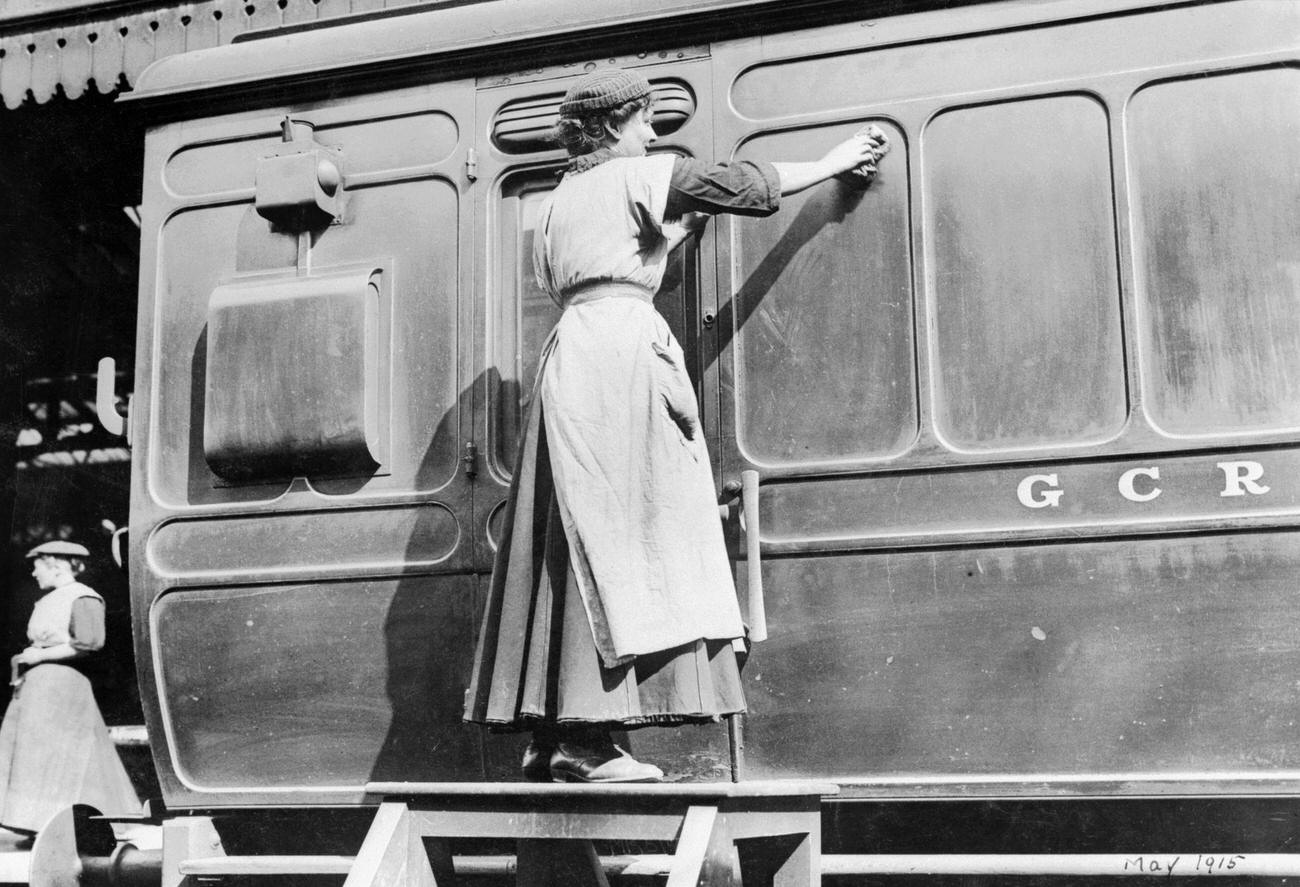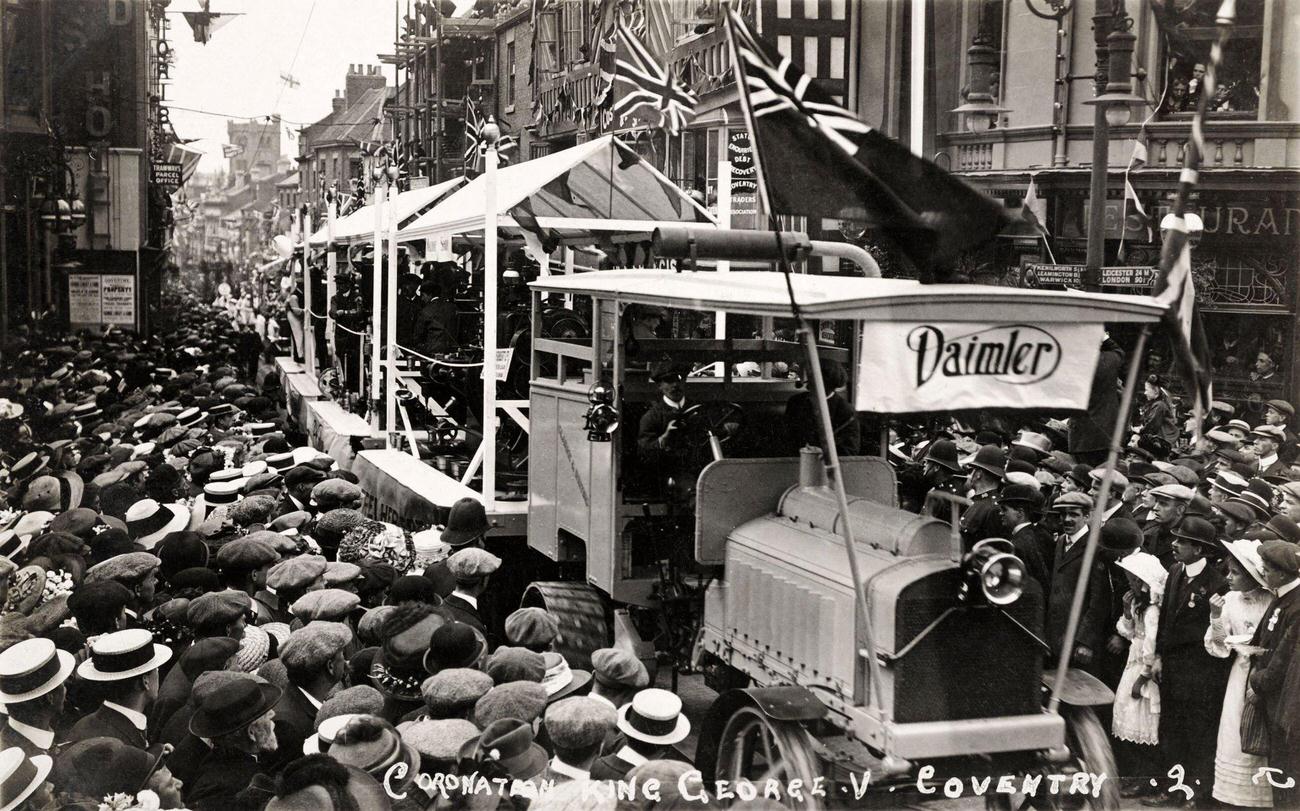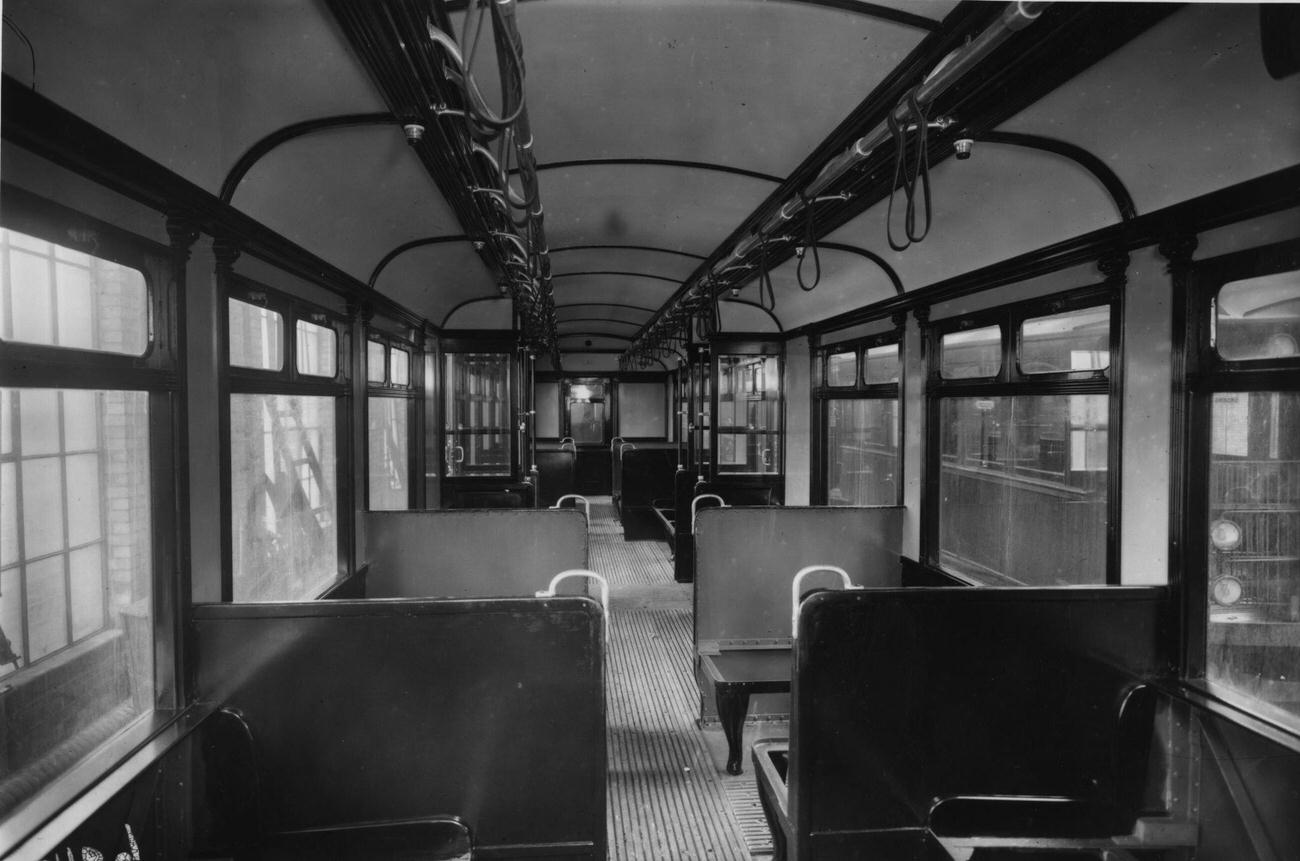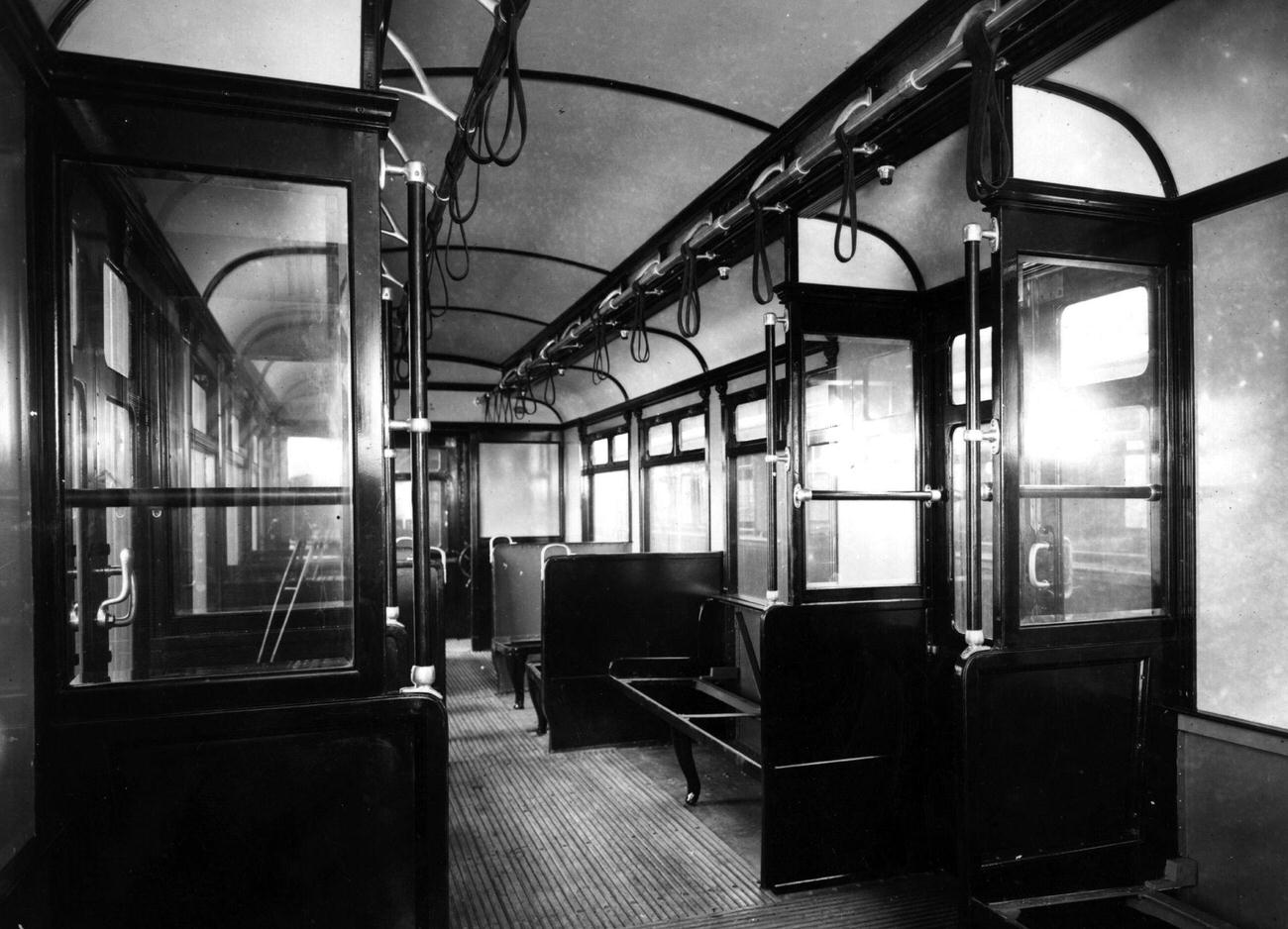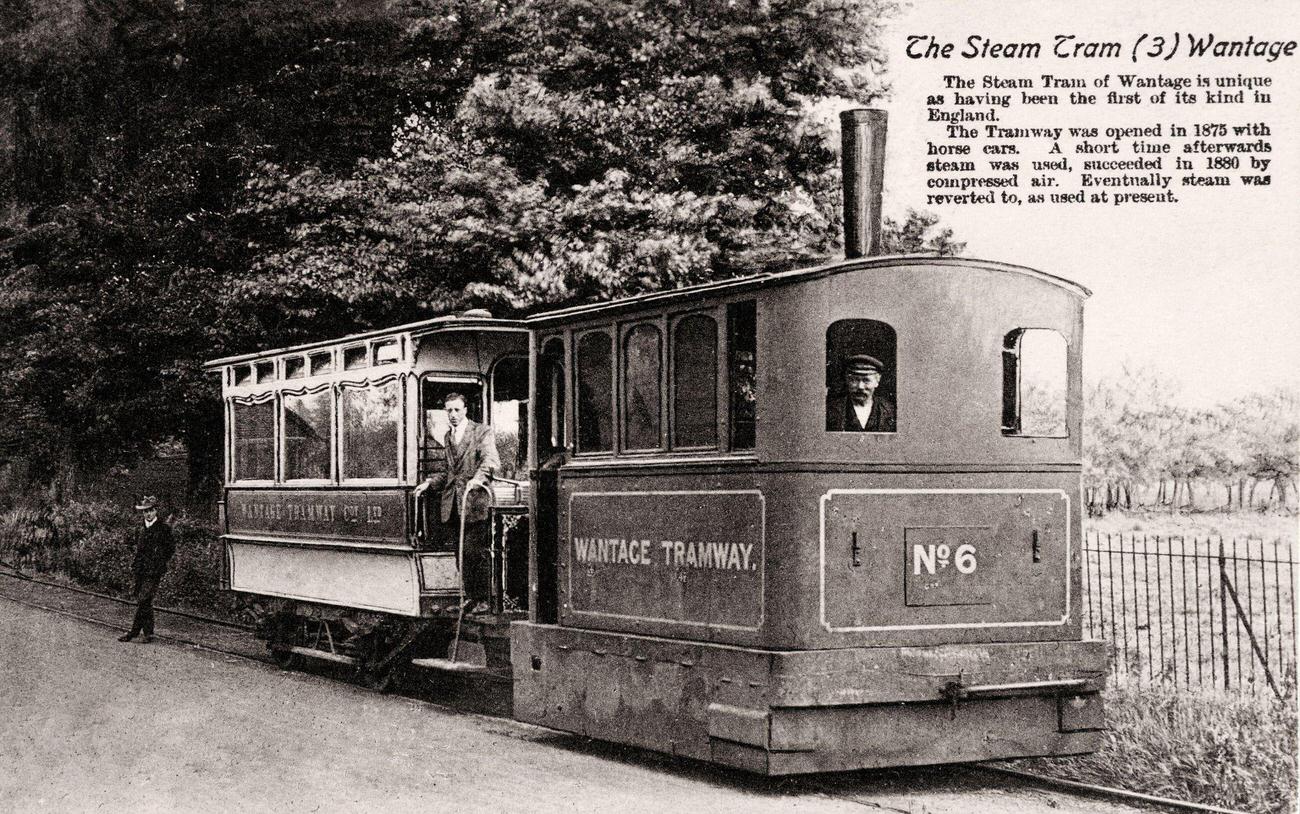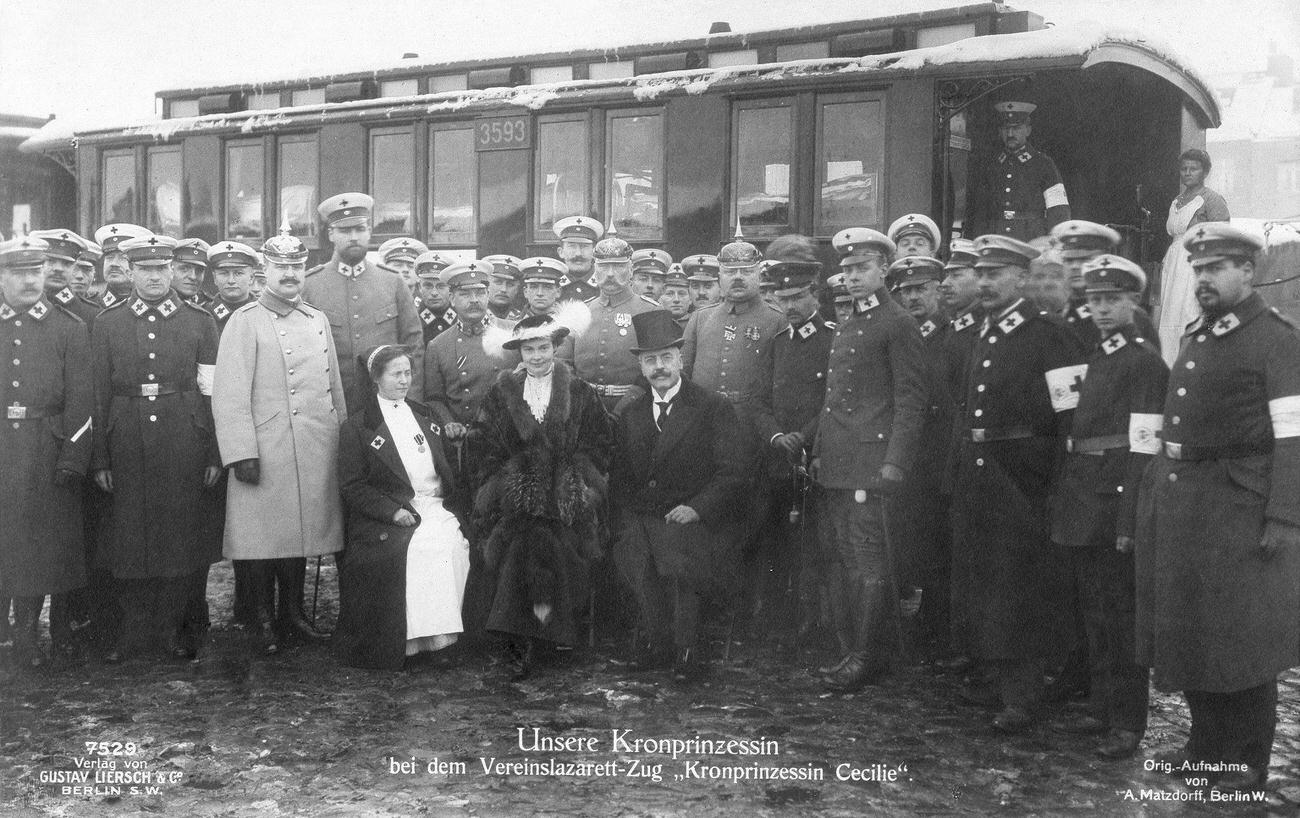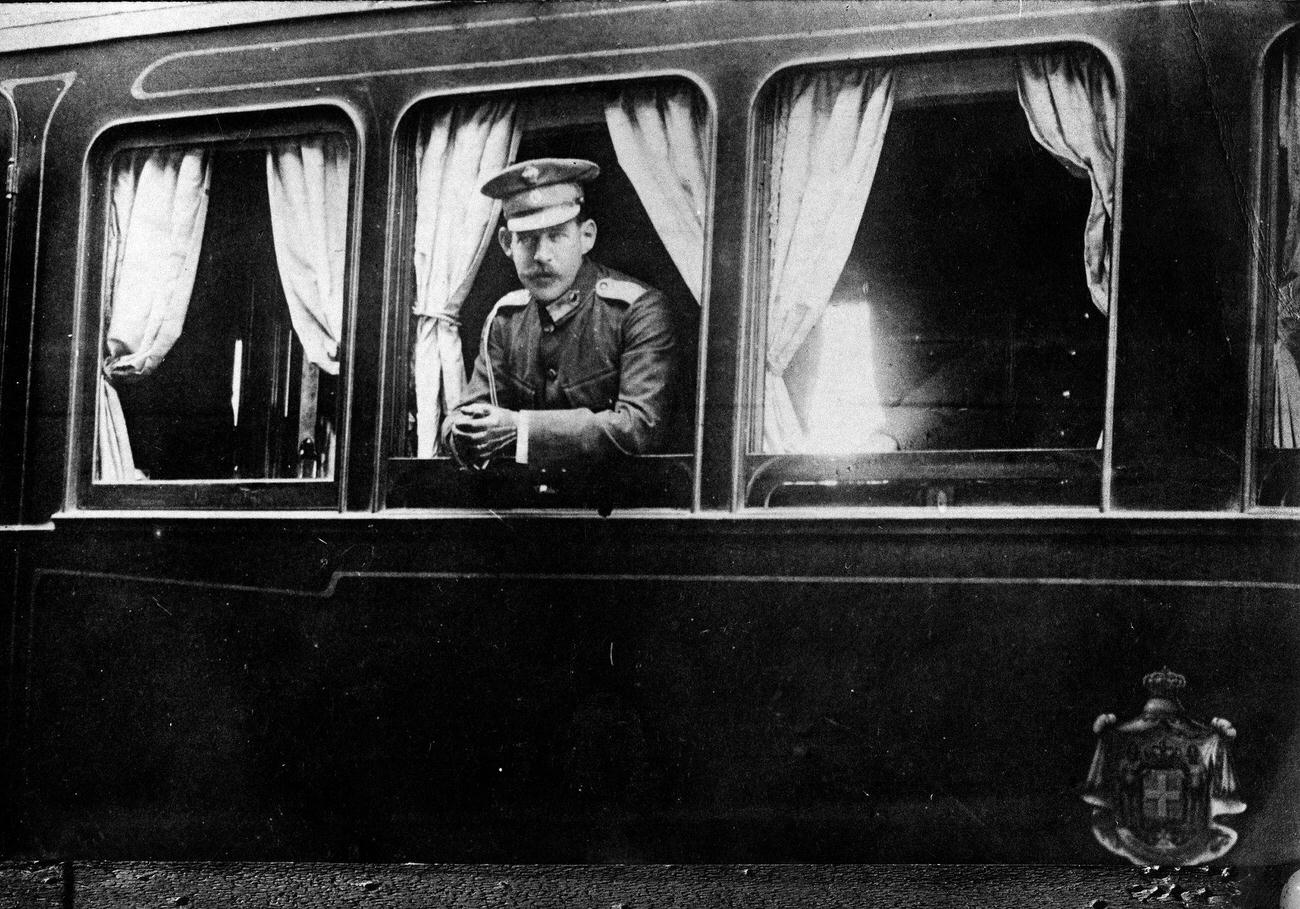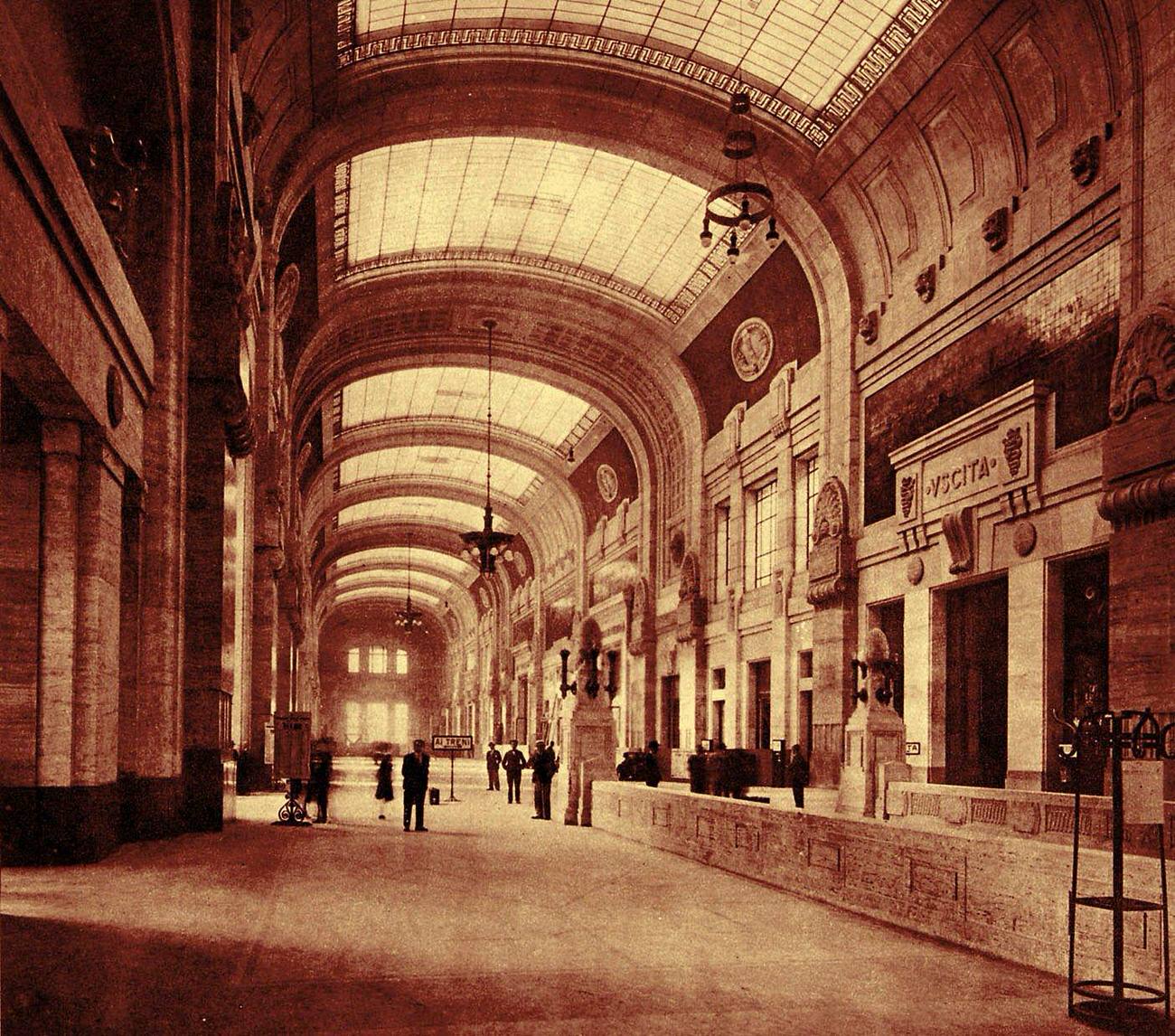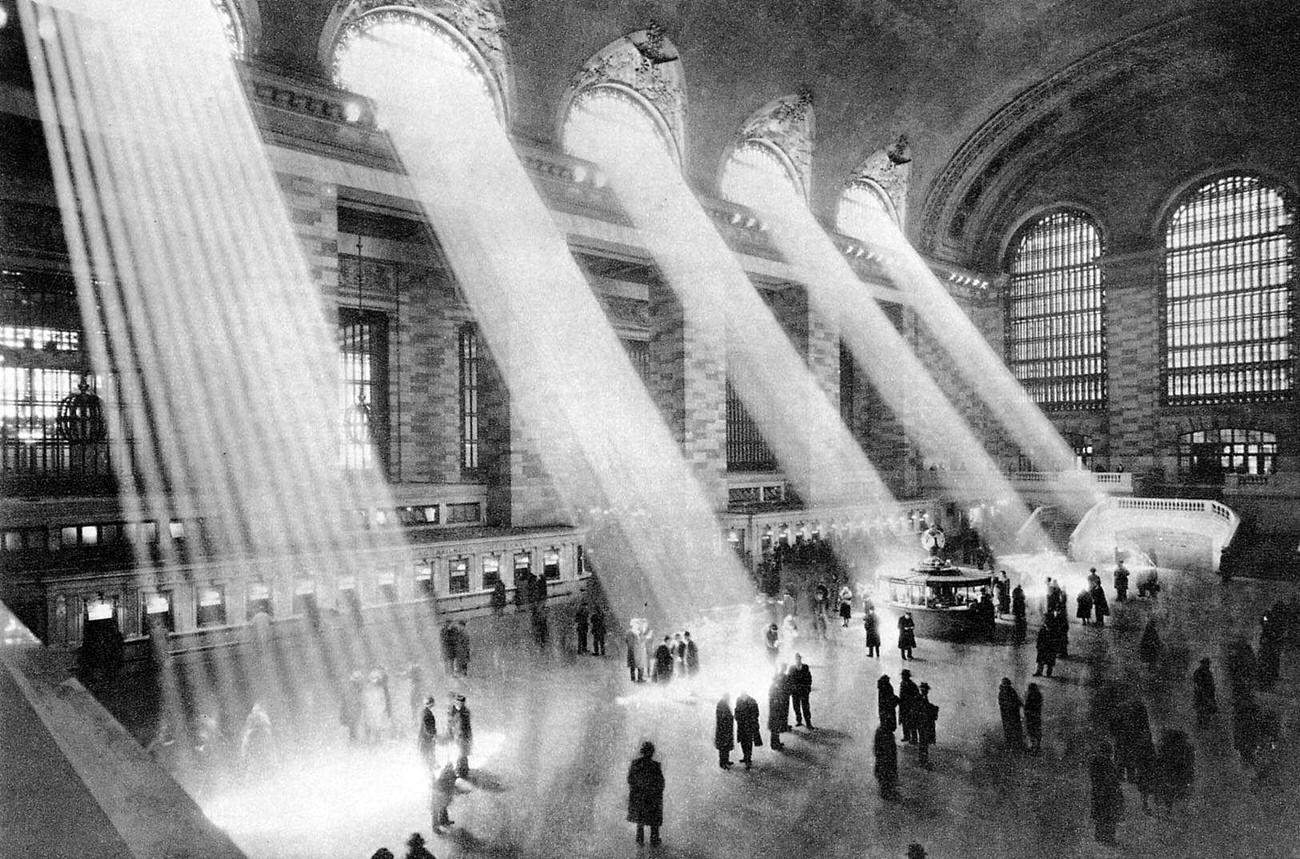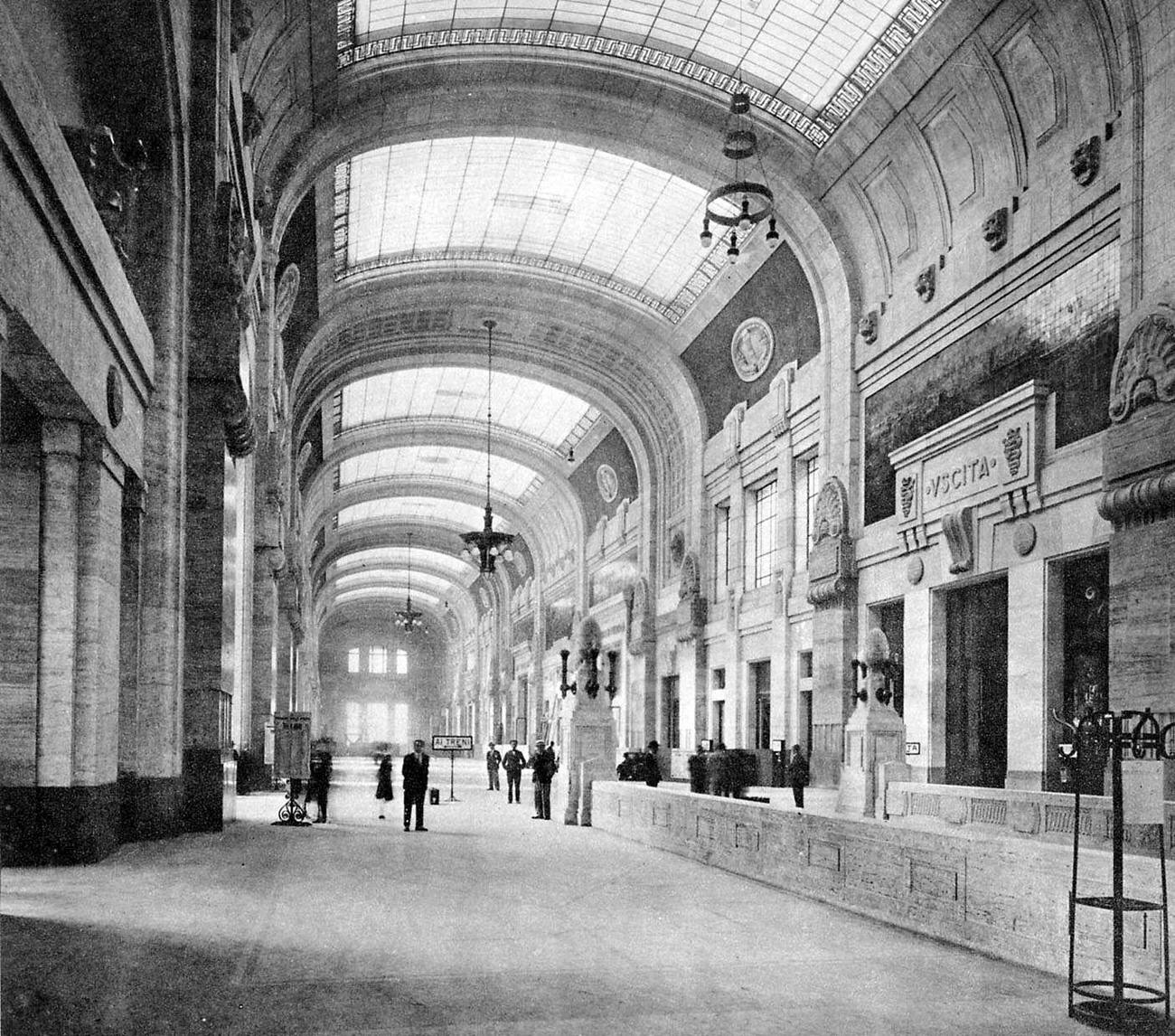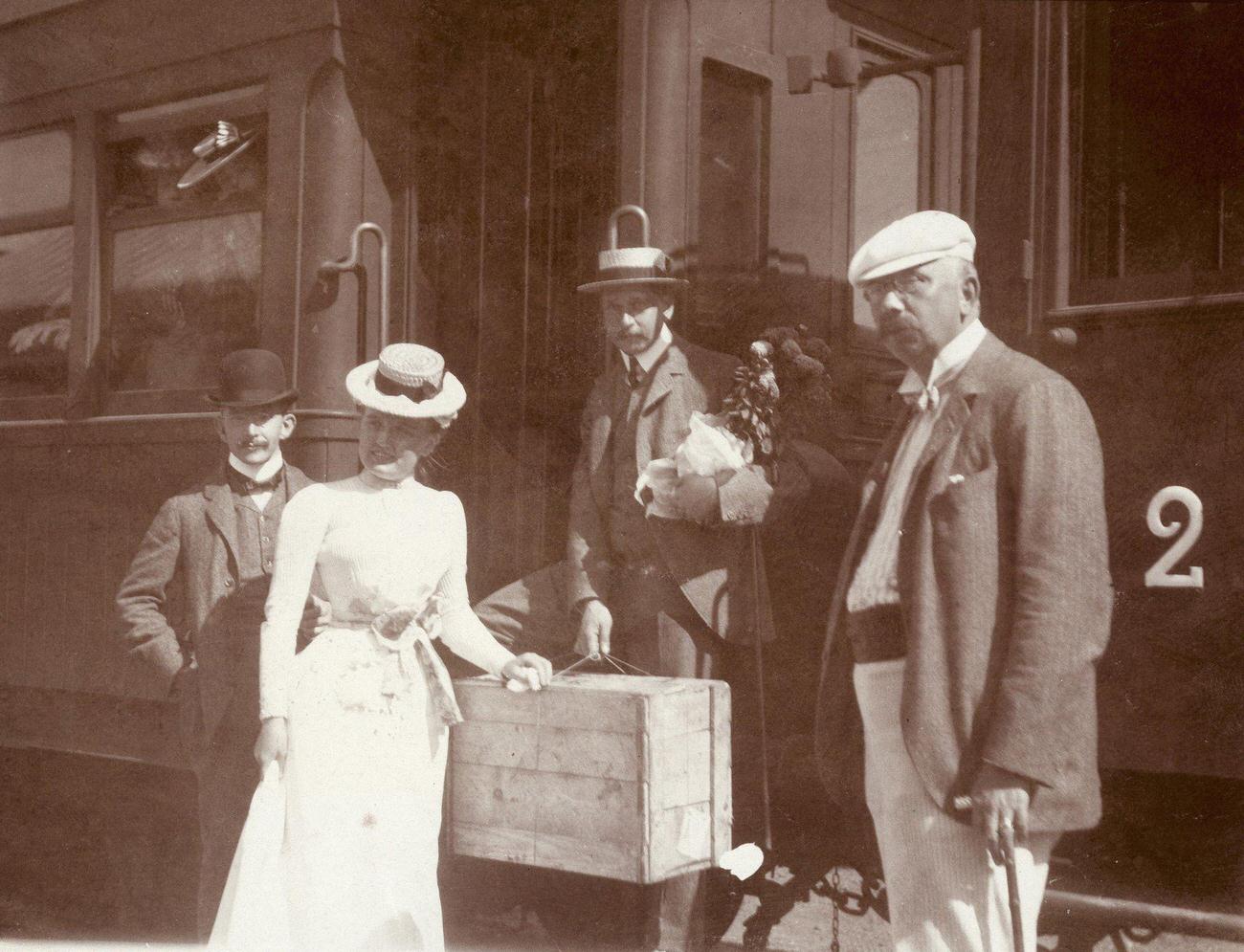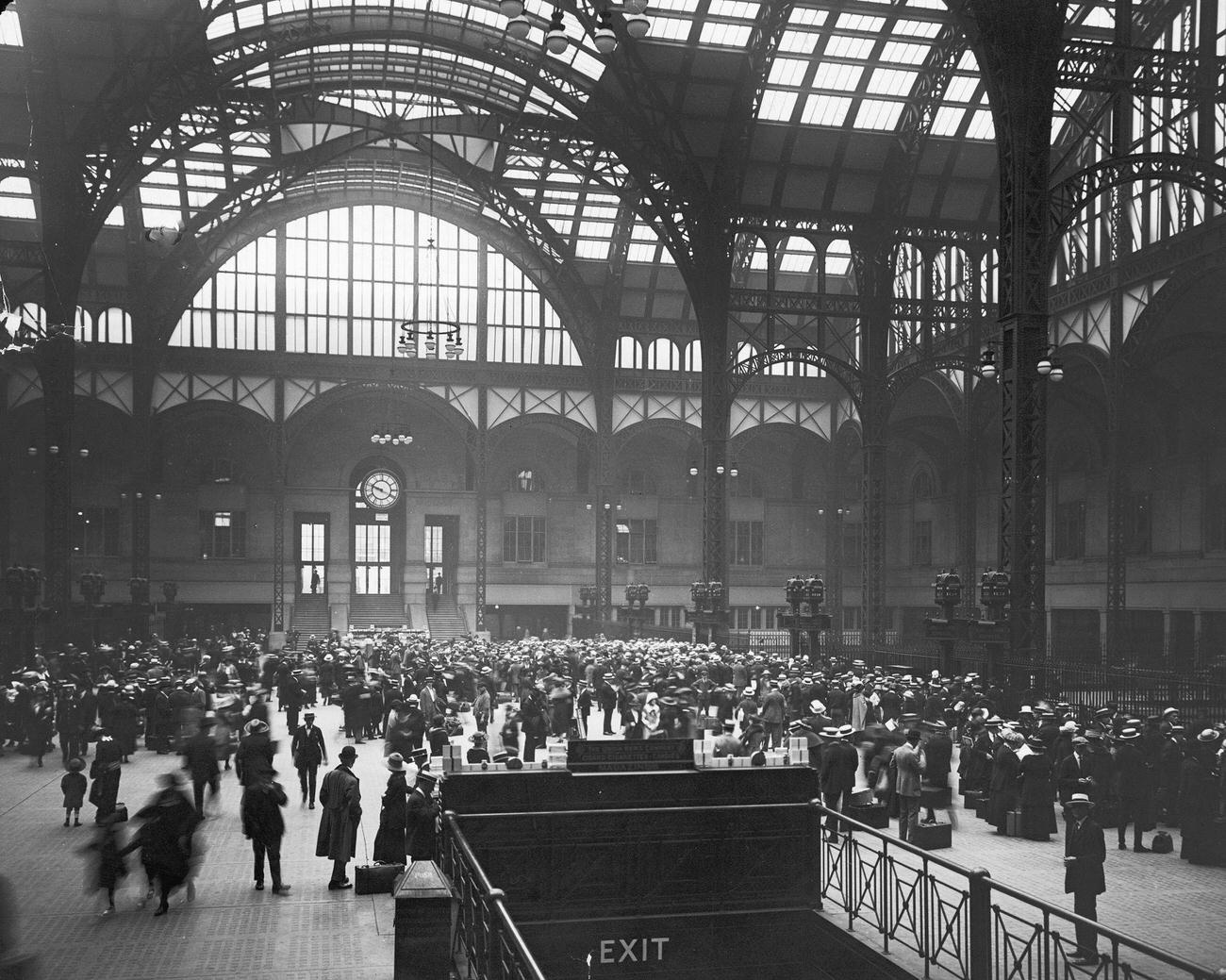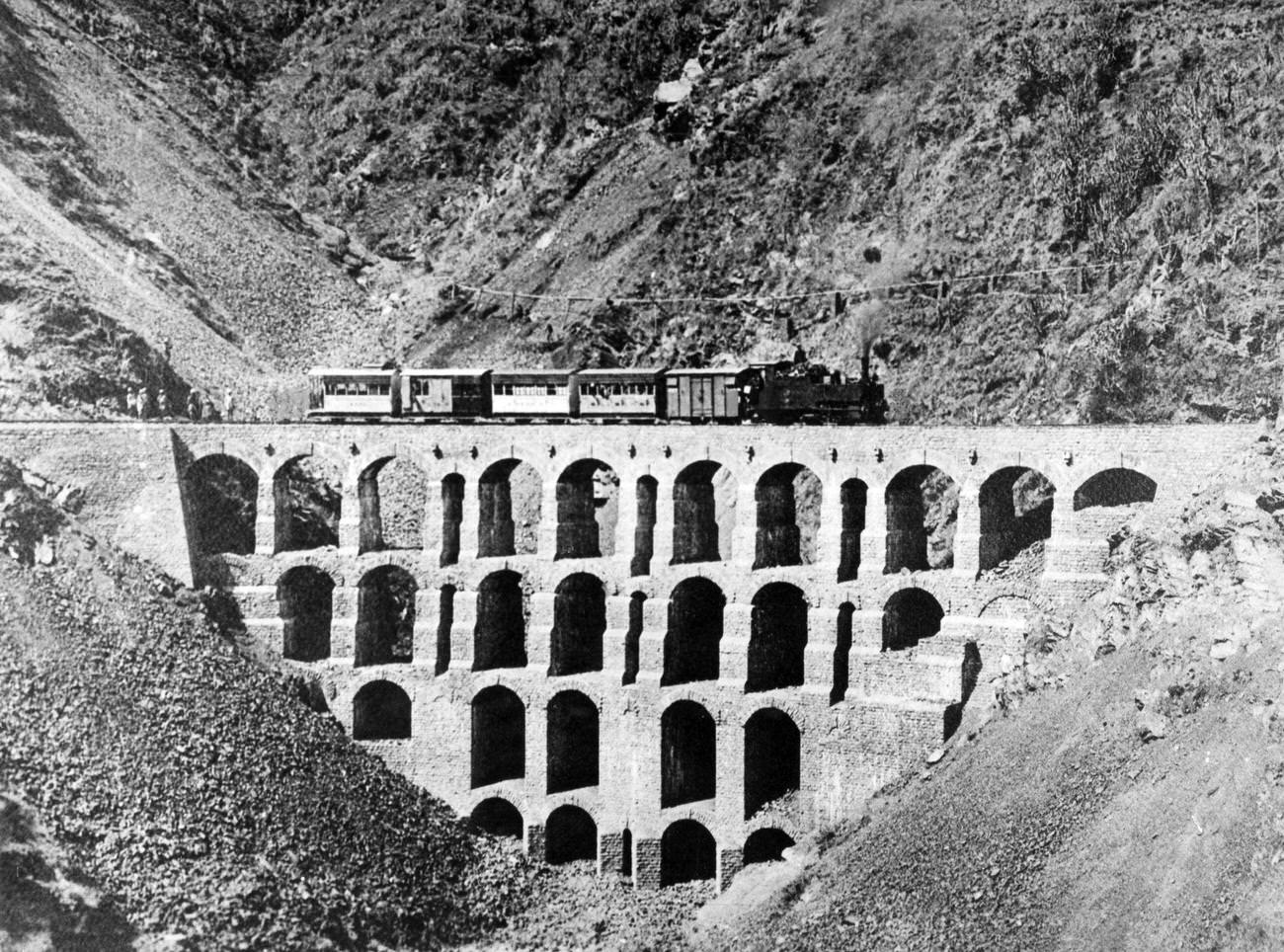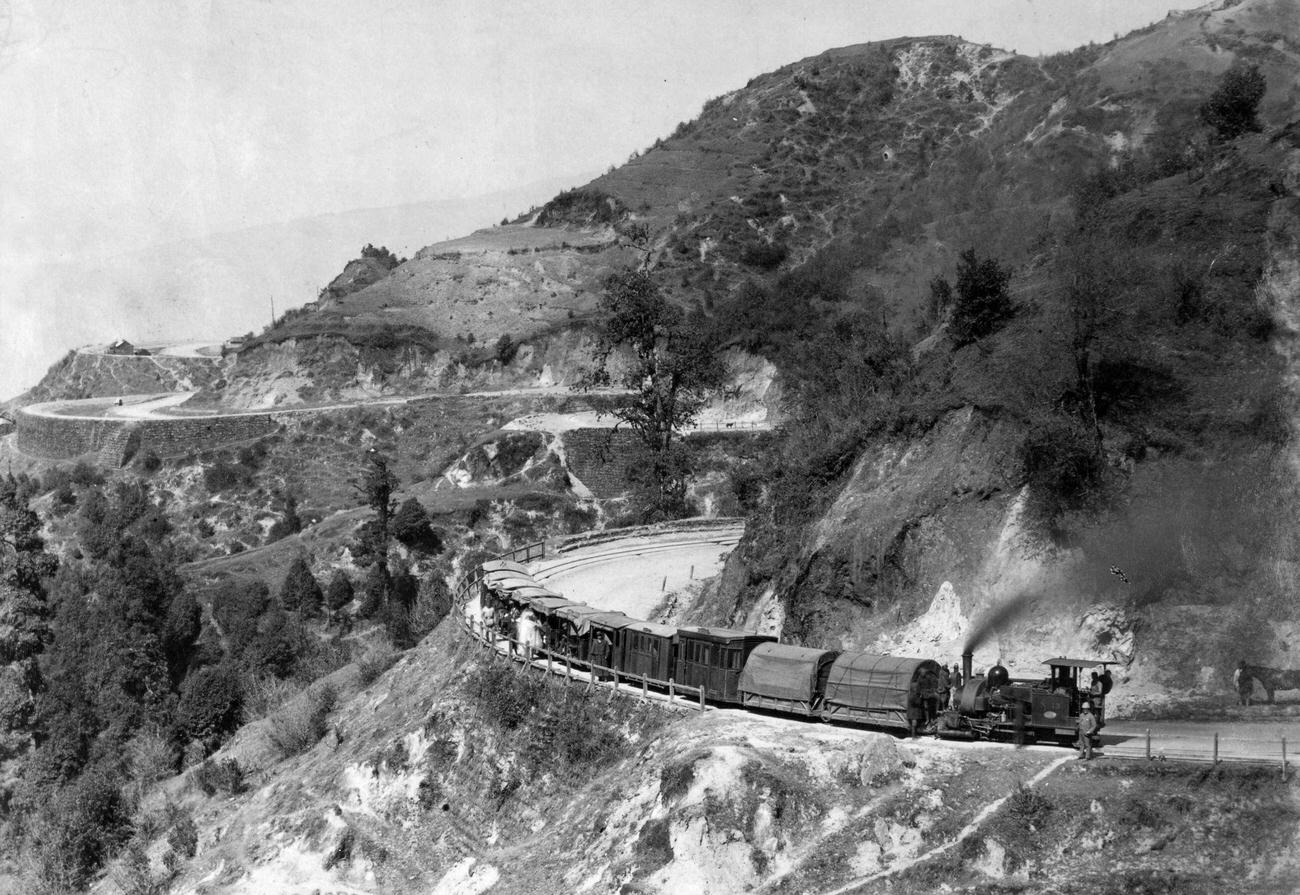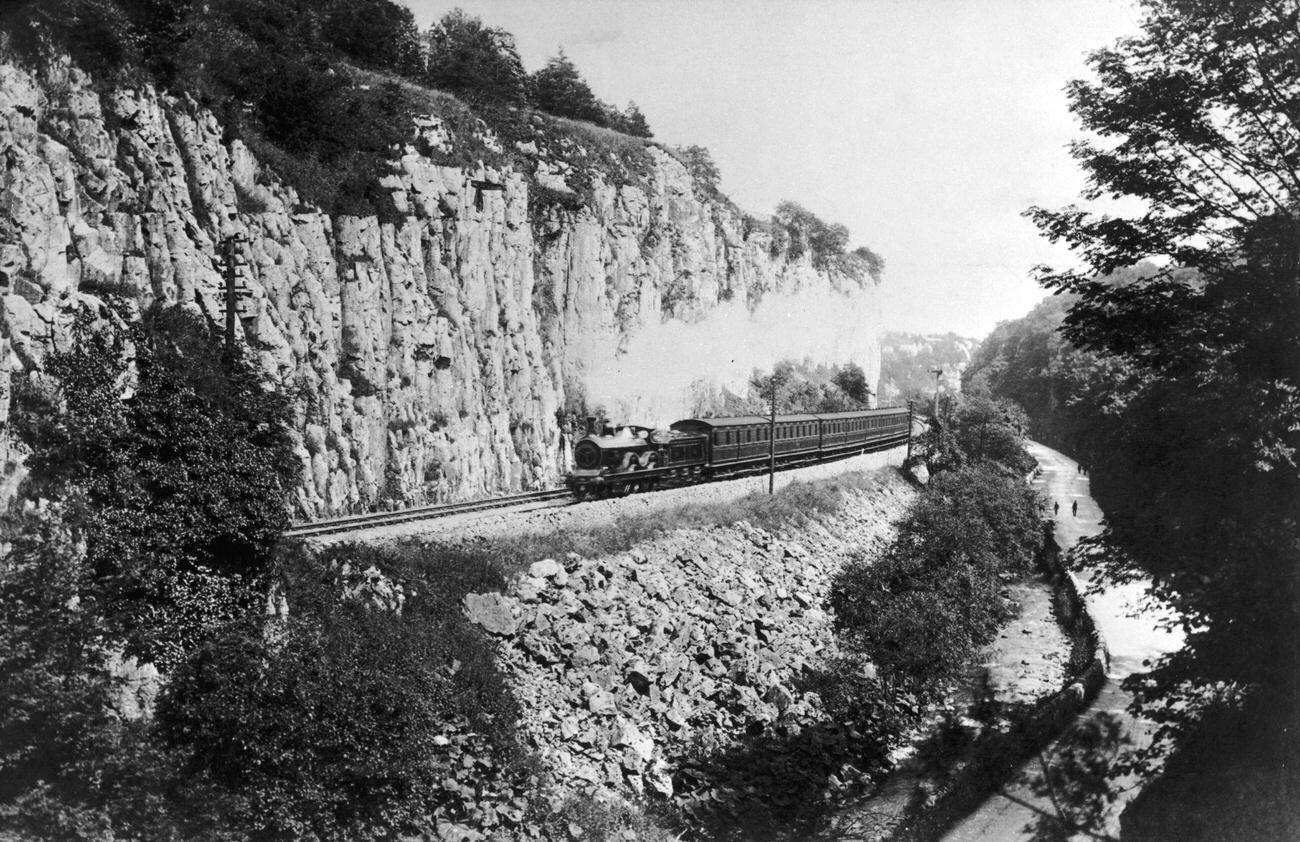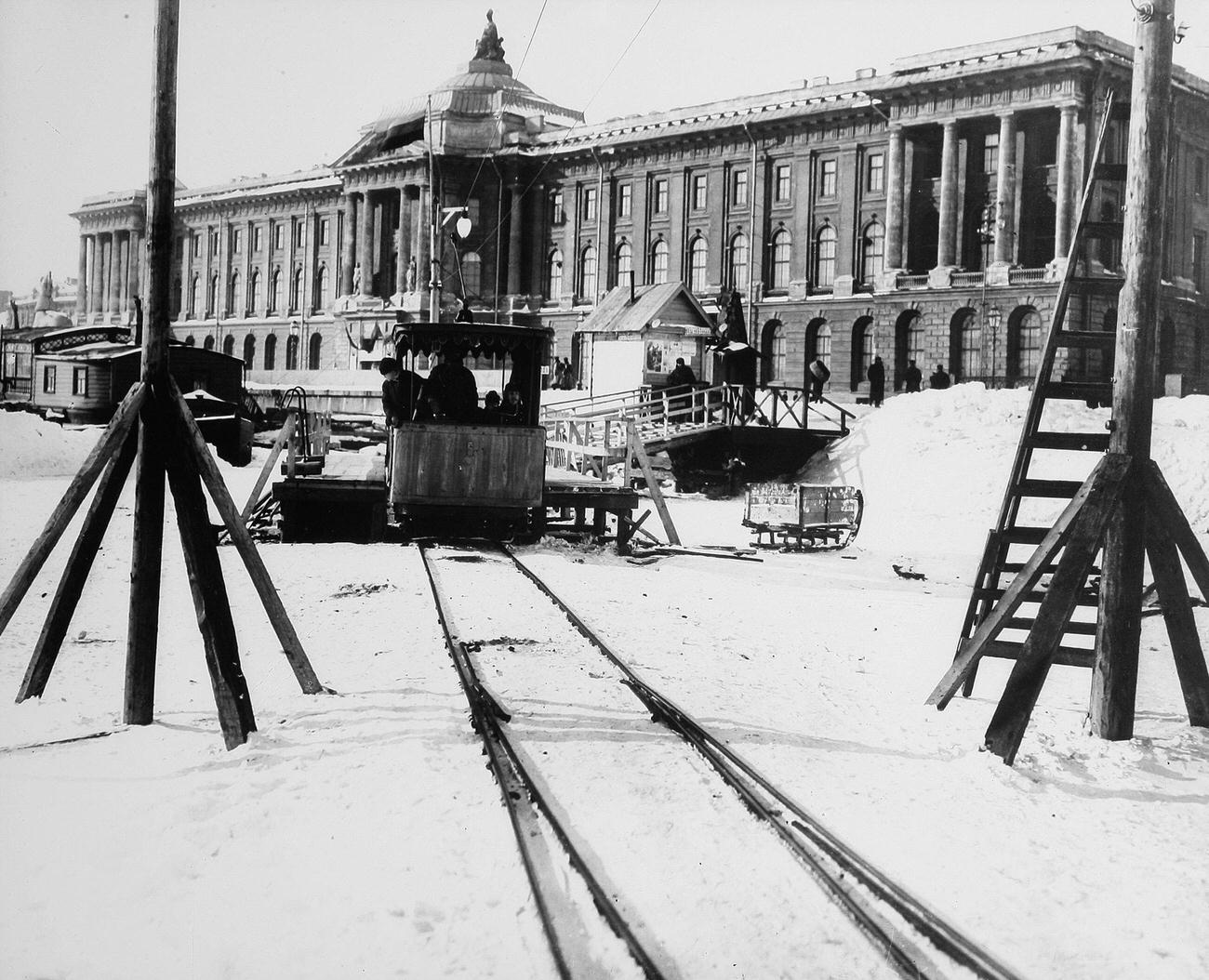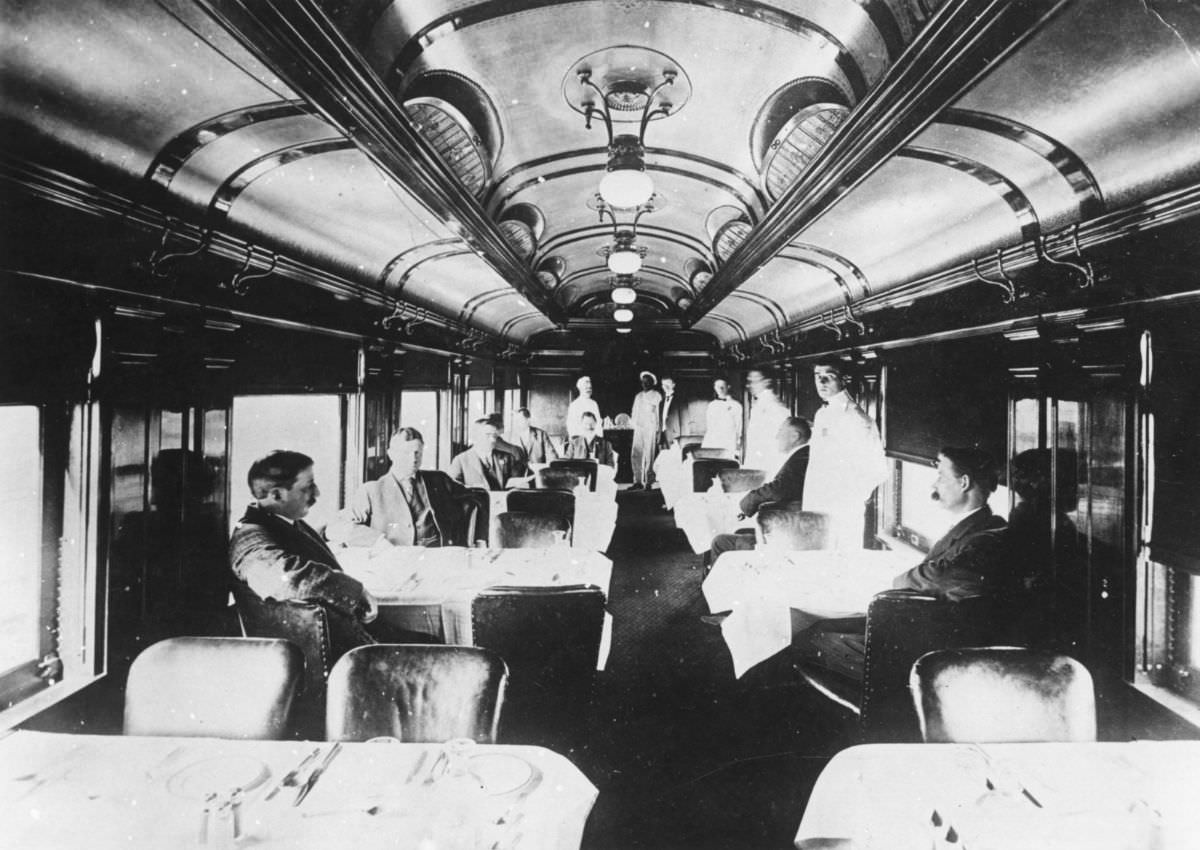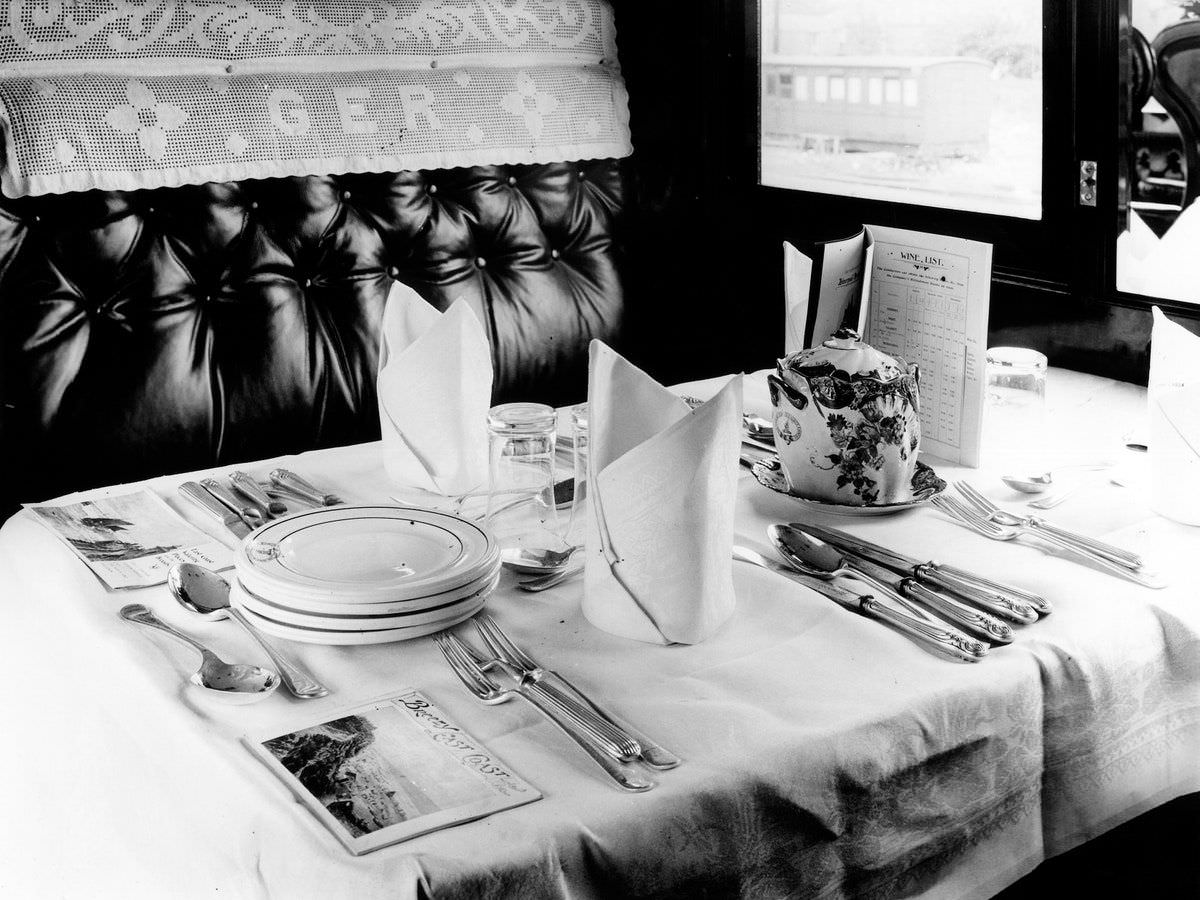In the 1910s, train travel became a popular and essential mode of transportation. The trains were powered by steam engines and comprised of a series of connected rail cars. The trains were equipped with amenities such as heating and lighting, which significantly improved over previous forms of transportation. However, the technology of steam engines had also its limitations, such as the need for frequent stops to reload coal and water and the fact that they were not very efficient.
During this decade, many countries started investing in the development of diesel and electric engines, which would eventually make train travel faster, more efficient and more reliable. Still, those were not yet widely used in the 1910s.
In terms of luxury and comfort, trains continued to offer sleeping cars with private compartments, dining cars, and observation cars, and it was still considered a luxury way of traveling.
It was also common for trains to have separate cars for different classes of passengers. First class passengers would have the most luxurious accommodations, while second and third class passengers would have more basic accommodations. This class system was also present in the trains used for freight transportation.
In the 1910s, trains were also used for the transportation of goods and cargo, which was vital for the economy and the development of industries.


